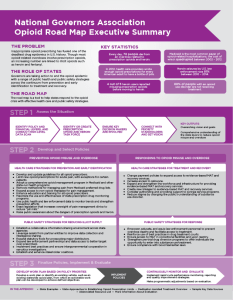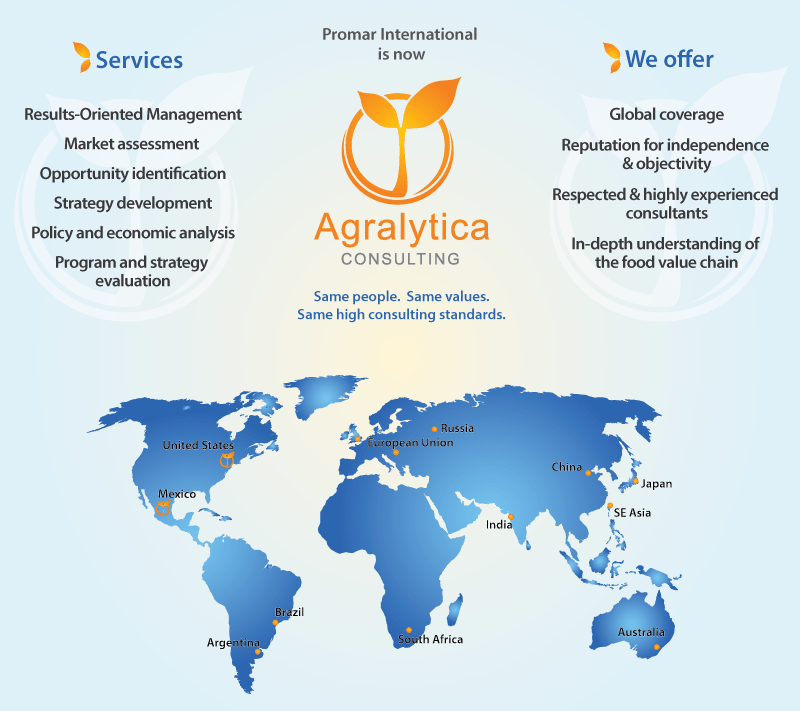Brochures are great marketing tools and, even in the digital world we live in today, still influence customers and make sales. As such, you should certainly consider including brochures into your company’s overall marketing and communications strategy.
While most companies don’t have the in-house expertise to professionally design and layout a brochure to ensure maximum impact and print-ability, they are often willing and able to tackle writing (or at least develop the first draft of) their brochure content in-house.
To ensure that your brochure content is organized, easily incorporated into a design layout, and helps to enforce and enhance your message, you need a content development and writing strategy. Rather than just putting some general ideas together and hobbling them into a first draft, we suggest a more organized and hierarchical approach to getting started with writing and developing the content for your next business brochure.
- Start out by clearly defining the purpose of the brochure.
What is the main idea you want to get across in the brochure? What products and/or services are you selling? Determining and defining this at the get go is imperative to successfully writing the content for your brochure. - Define your target audience.
Determine who you are targeting and the “voice” that is best for communicating with your target audience. The voice you select will determine the overall style of the text you write for your brochure. - Create a list of headlines or taglines that grab attention and convey your message.
Develop headlines that will help to define the content sections of your brochure and also grab the attention of your readers. - Develop a list of ‘Calls to Action’.
Think about what you would like your readers to do after viewing the brochure and put those ideas into concrete “calls to action”. A call to action is an implicit or explicit suggestion contained within marketing or advertising copy that urges the readers to take action (“Call Us Today for a Free Consultation”, “Visit Our Website at …”, “Email Us for a Free Quote”, “Use Coupon Code xxx For a 20% Discount!”, etc). - Divide your content into pages or sections that will correspond with the size and scope of the final brochure. Determine the information that is most important to include in the brochure and create a hierarchical structure. Depending on the size and number of pages of the brochure, you’ll want to think of and organize your text into pages or sections that make sense and support the purpose of your brochure. As you begin to write, be sure that everything flows logically from one section to the next.




















